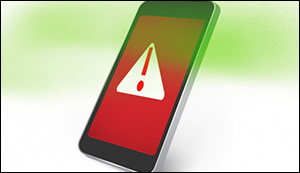Wireless, wearable toxic-gas detecto
30. 6. 2016 | MIT | news.mit.edu
MIT researchers have developed low-cost chemical sensors, made from chemically altered carbon nanotubes, that enable smartphones or other wireless devices to detect trace amounts of toxic gases.
Using the sensors, the researchers hope to design lightweight, inexpensive radio-frequency identification (RFID) badges to be used for personal safety and security. Such badges could be worn by soldiers on the battlefield to rapidly detect the presence of chemical weapons — such as nerve gas or choking agents — and by people who work around hazardous chemicals prone to leakage.

The sensor is a circuit loaded with carbon nanotubes, which are normally highly conductive but have been wrapped in an insulating material that keeps them in a highly resistive state. When exposed to certain toxic gases, the insulating material breaks apart, and the nanotubes become significantly more conductive. This sends a signal that’s readable by a smartphone with near-field communication (NFC) technology, which allows devices to transmit data over short distances. The sensors are sensitive enough to detect less than 10 parts per million of target toxic gases in about five seconds.
Moreover, the sensors each cost about a nickel to make; roughly 4 million can be made from about 1 gram of the carbon nanotube materials.
Read more at MIT
Image Credit: MIT
-jk-




